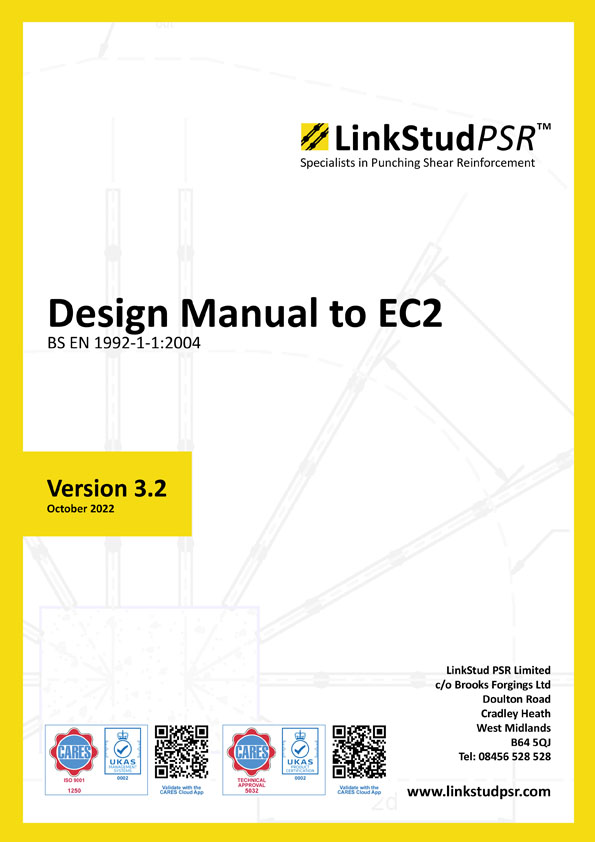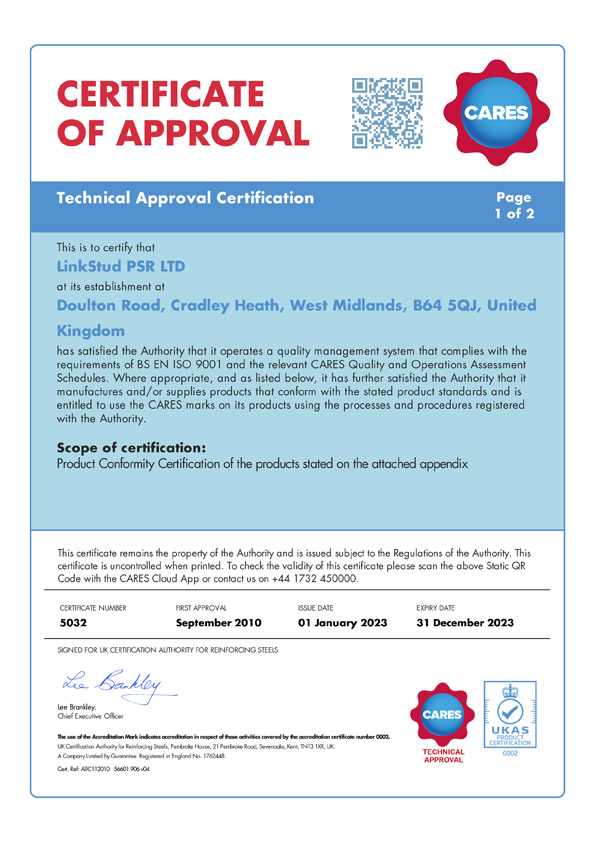Applications
Get in touch
Call us now on
08456 528 528
Email your enquiry to sales@linkstudpsr.com
A full list of contacts can be found on the contact page
The LinkStudPSR™ System is primarily used in Flat Slab, Piled Slab and Post-Tensioned Construction
Flat Slab Construction
Reinforced concrete flat slabs permit large uninterrupted floor areas and a minimum depth of construction. The ability to form a flat soffit eases formwork installation and enables the use of prefabricated formwork systems.
Flat soffits can reduce floor-to-floor heights and more stories can potentially be accommodated in a building of a given height. Flat soffits also generate savings in materials used while the absence of projections allows the free routing of services.
Piled Slab Construction
High shear loads in the slab can cause punching failure in a piled slab similar to that of the flat slab. The general approach is to use a pile cap beneath the slab or to increase the depth of the slab.
The LinkStudPSR™ System can be used to increase the shear strength of the concrete slab, such that less breaking down of the pile is needed and no excavation or shuttering is required, saving both time and cost. This approach may also avoid the removal of additional excavated material from the site.
Post-tensioned Construction
The use of post-tensioned concrete, enabling thinner flat slabs and structures with longer spans and more uninterrupted areas, has increased the focus on punching shear reinforcement.
The use of LinkStudPSR™, when designed in accordance with Eurocode 2 or BS 8110, provides designers and contractors with a more economical and efficient reinforcement solution for thin post-tensioning slabs and post-tensioned beams.
Bottom-up fixing is the norm for this method of construction, although top-down fixing is possible if sufficient reinforcement local to the column is available.








